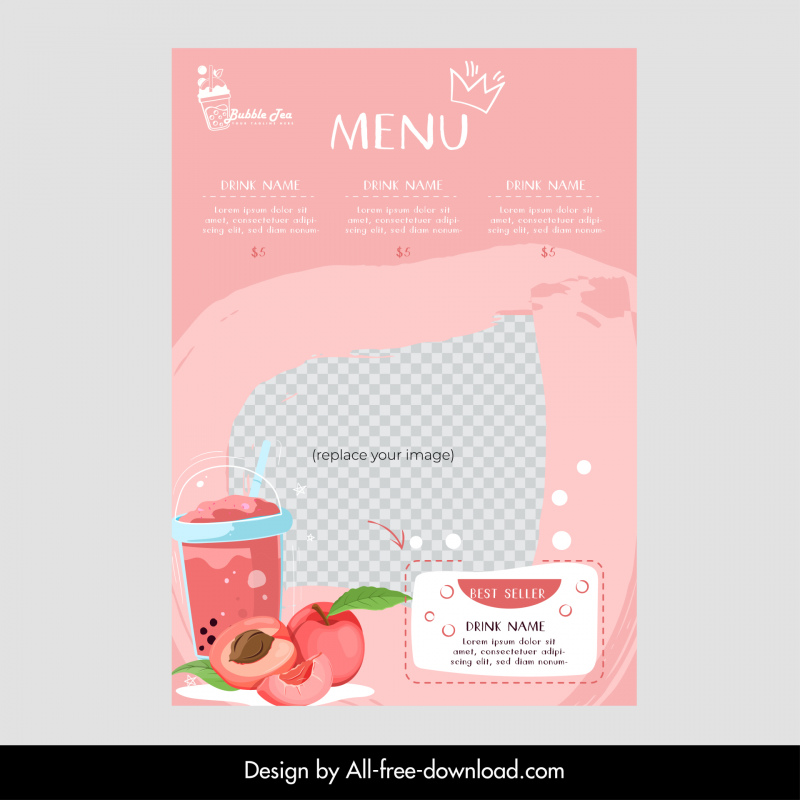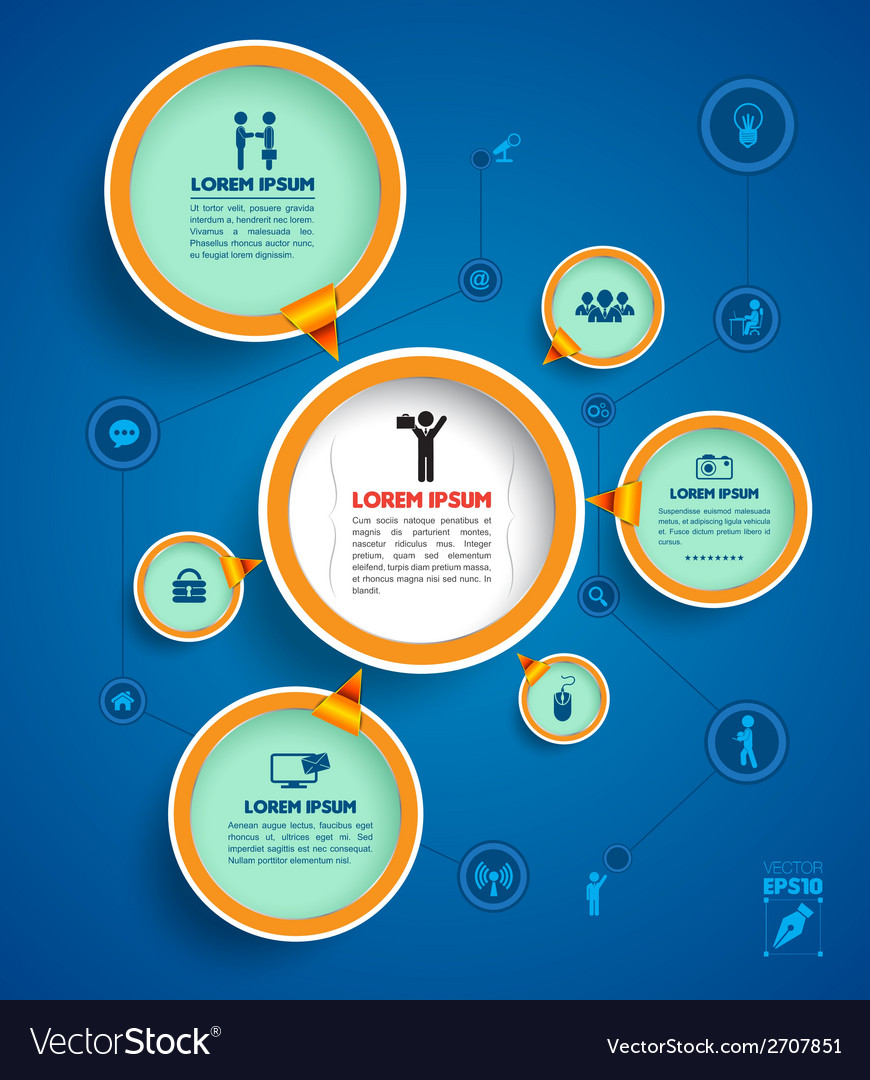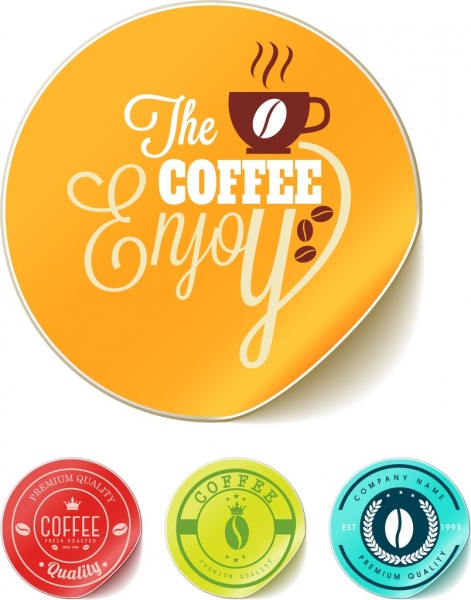
- #Simple infographic templates how to
- #Simple infographic templates update
- #Simple infographic templates full
Infographics present complex topics and datasets in an accessible way. But when exactly should you think about using them? Infographics are highly adaptable for any organization. Keep iterating until you’ve got a clear, cohesive story in a stunning infographic. And as you design the images and charts, you’ll have further opportunities to sharpen and refine your text. As you work on the text, you’ll have a better idea of what you want the infographic to look like.
#Simple infographic templates update
Simply choose your design elements, pick your color scheme, update the text, and select the design icons to make your own version.ĥ. The template makes it easy to create an infographic, even if you’re not working with a design team or you don’t have any design experience. Now it’s time to use the ready-made template for your infographic design. Keep it short and concise to avoid overwhelming the reader with too much text.Ĥ. The text should support the visuals to develop the story of your stats. Once you’ve decided on a narrative, it’s time to write the text that will support your visuals. Weave your three to five main points into a narrative to get your point across and create a memorable infographic.ģ. The goal of an infographic is to guide your reader through a narrative, connecting the dots from your data to your thesis.
#Simple infographic templates full
While your key takeaways are important, they’re not the full story. What do you want your audience to get out of the infographic? Take some time to decide on three to five main points that you’d like your audience to remember to make sure your infographic has clear takeaways that are easy to remember.Ģ. But readers who are exposed to too much data at once tend to miss the point. Teams create infographics to distill a lot of quantitative or qualitative information, like survey data or industry stats.

Start by selecting this Infographic Template, then take the following steps to create your own.ġ. And don't worry, you don’t need any design skills to create a high-quality infographic. It’s the perfect canvas to create and share infographics with your team and external parties.

Making an infographic is easy with Miro’s whiteboard tool. The Infographic Template has a lot of customization options, so you can create an infographic that’s on brand and structured exactly how you want. You’ll be able to reduce complex ideas into a simple and engaging infographic using text, images, and charts. With our Infographic Template, you can create striking visuals for your audience that present data in a digestible way. You want it to be easy to follow and engaging, but you don’t want to miss out on the essential figures and statistics.
#Simple infographic templates how to
When you have a lot of information, it’s hard to figure out how to present it. Graphic designers use infographics to help tell complex stories in a more accessible way than if described by words alone.

Instead, they employ various infographic elements such as images, charts, and graphics to help the audience understand a topic. In general, infographics don’t contain much text. The best ones are creative and visually striking, catching the reader’s eye so that they’re eager to learn more. It’ll have text and images throughout the graphic, allowing the reader to easily digest the information. For example, you could create an infographic to visualize the customer journey. Most infographics use some combination of text and visuals to break down a complicated topic. Use them to give an overview of research findings, showcase survey data, raise awareness of an issue, summarize a topic, and much more. They allow you to turn quantitative or qualitative data into stories that resonate. What is an infographic?Īn infographic is a visual tool for communicating information. How can you persuade them to pay attention to dry facts and statistics?Īn infographic could be just what you need. Whether you’re part of a business, a nonprofit, or an organization, you might find it difficult to get your readers, customers, and prospects interested in more data.

Every day, we’re surrounded and inundated by data.


 0 kommentar(er)
0 kommentar(er)
